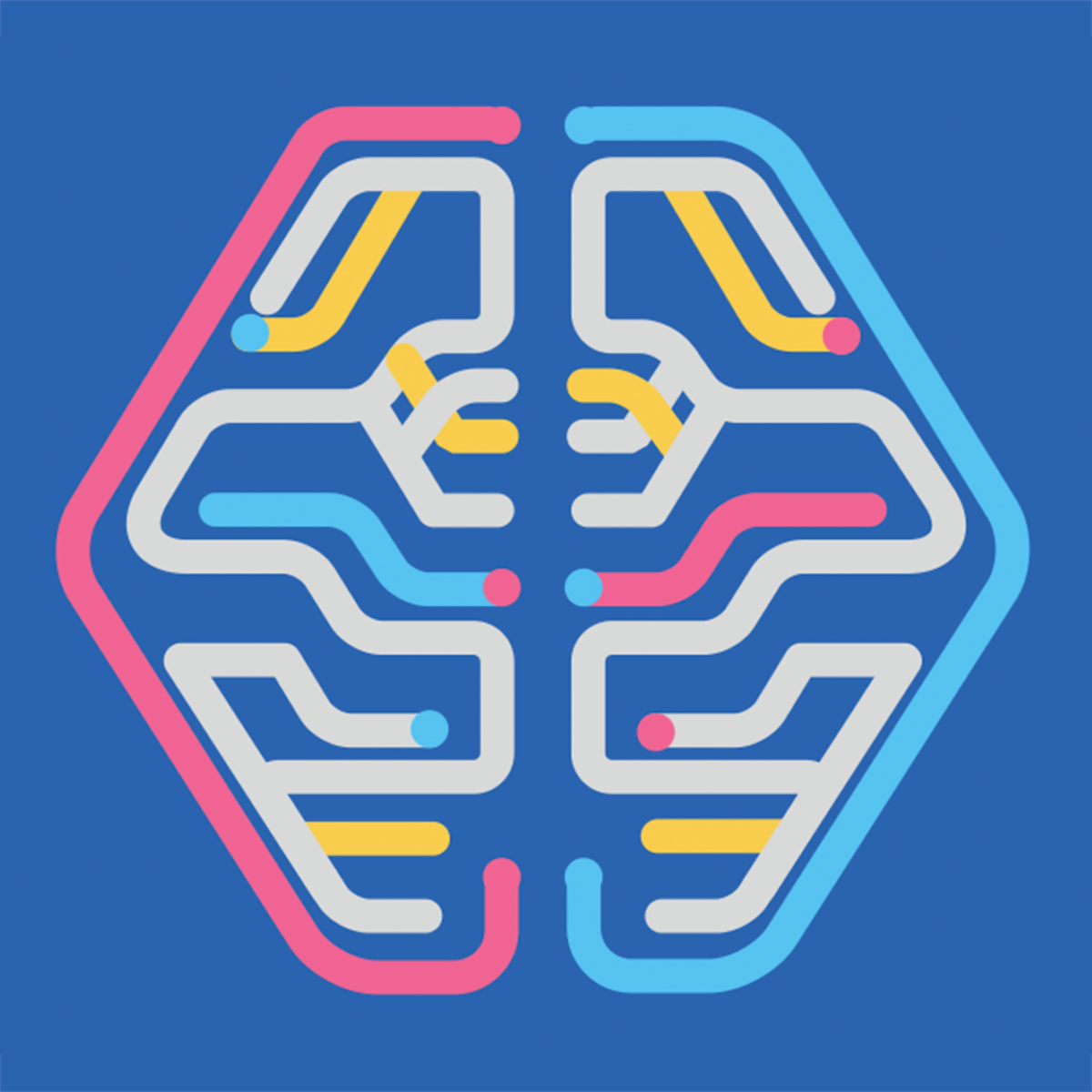Back to Courses









Data Science Courses - Page 138
Showing results 1371-1380 of 1407

Feature Engineering
Want to know about Vertex AI Feature Store? Want to know how you can improve the accuracy of your ML models? What about how to find which data columns make the most useful features? Welcome to Feature Engineering, where we discuss good versus bad features and how you can preprocess and transform them for optimal use in your models. This course includes content and labs on feature engineering using BigQuery ML, Keras, and TensorFlow.

Applied AI with DeepLearning
>>> By enrolling in this course you agree to the End User License Agreement as set out in the FAQ. Once enrolled you can access the license in the Resources area <<<
This course, Applied Artificial Intelligence with DeepLearning, is part of the IBM Advanced Data Science Certificate which IBM is currently creating and gives you easy access to the invaluable insights into Deep Learning models used by experts in Natural Language Processing, Computer Vision, Time Series Analysis, and many other disciplines. We’ll learn about the fundamentals of Linear Algebra and Neural Networks. Then we introduce the most popular DeepLearning Frameworks like Keras, TensorFlow, PyTorch, DeepLearning4J and Apache SystemML. Keras and TensorFlow are making up the greatest portion of this course. We learn about Anomaly Detection, Time Series Forecasting, Image Recognition and Natural Language Processing by building up models using Keras on real-life examples from IoT (Internet of Things), Financial Marked Data, Literature or Image Databases. Finally, we learn how to scale those artificial brains using Kubernetes, Apache Spark and GPUs.
IMPORTANT: THIS COURSE ALONE IS NOT SUFFICIENT TO OBTAIN THE "IBM Watson IoT Certified Data Scientist certificate". You need to take three other courses where two of them are currently built. The Specialization will be ready late spring, early summer 2018
Using these approaches, no matter what your skill levels in topics you would like to master, you can change your thinking and change your life. If you’re already an expert, this peep under the mental hood will give your ideas for turbocharging successful creation and deployment of DeepLearning models. If you’re struggling, you’ll see a structured treasure trove of practical techniques that walk you through what you need to do to get on track. If you’ve ever wanted to become better at anything, this course will help serve as your guide.
Prerequisites: Some coding skills are necessary. Preferably python, but any other programming language will do fine. Also some basic understanding of math (linear algebra) is a plus, but we will cover that part in the first week as well.
If you choose to take this course and earn the Coursera course certificate, you will also earn an IBM digital badge. To find out more about IBM digital badges follow the link ibm.biz/badging.

Marketing Analytics with Meta
This course explores Meta Marketing Analytics Tools. You’ll learn how the advertising platform works and you’ll learn to create ads using Meta Ads Manager. Then, you’ll learn how Meta reports results and how you can customize the reports to match your business goals. You’ll also learn how you can use Meta experiments to evaluate the effectiveness of your advertising campaign. You’ll learn to optimize ads with A/B testing and you will explore how you can integrate data from Meta campaigns in marketing mix modeling. In this course, you’ll also find a summary of Meta’s recommended approach to data analysis.
By the end of this course you will be able to:
• Describe how an ad is created and delivered in Meta Ads Manager
• Evaluate campaign results
• Conduct an A/B Test
• Evaluate advertising effectiveness with Conversion Lift Tests
• Evaluate advertising effectiveness with Brand Lift tests
• Choose the best approach to evaluating advertising effectiveness given a scenario
• Explain how and when to apply Marketing Mix Modeling
• Choose the best approach to optimizing your marketing mix given a scenario
• Implement a full analysis process from the formulation of a hypothesis to recommending measurement solutions, performing an analysis, generating insights and presenting results and recommendations
This course is for people who want to learn how to use Meta Ads Manager to conduct advertising effectiveness tests and evaluate their campaign results.
Learners don't need marketing or data analysis experience, but should have basic internet navigation skills and be eager to participate. Ideally, learners have already completed course 1 (Marketing Analytics Foundation), course 2 (Introduction to Data Analytics), course 3 (Statistics for Marketing), and course 4 (Data Analytics Methods for Marketing) in this program.

Introduction to Advance Features in Rasa Chatbot Framework 2
In this 1-hour long project-based course, you will learn how to add advanced features to your Rasa Chatbot. We will look at what's Rasa X, a tool for developing your chatbot. We will look at how we can use Rasa X to interactively train your chatbot and share it with others. We will then look at how to create Forms to collect information for a certain task from the users.
We will look at how to validate inputs received by the Form and look at dynamic and conditional slot mapping. We will then move on to look at what are retrieval intents and how they can be used to handle small talk. Finally we will cover how to add Fallback Actions to handle failures in case the is not confident about the users message.
Note: This course works best for learners who are based in the North America region. We’re currently working on providing the same experience in other regions.

Response Surfaces, Mixtures, and Model Building
Factorial experiments are often used in factor screening.; that is, identify the subset of factors in a process or system that are of primary important to the response. Once the set of important factors are identified interest then usually turns to optimization; that is, what levels of the important factors produce the best values of the response. This course provides design and optimization tools to answer that questions using the response surface framework. Other related topics include design and analysis of computer experiments, experiments with mixtures, and experimental strategies to reduce the effect of uncontrollable factors on unwanted variability in the response.

Supply Chain Analytics
Welcome to Supply Chain Analytics - the art and science of applying data analytics to assess and improve supply chain performance!
A supply chain is a complex system with conflicting objectives of cost efficiency and customer satisfaction. Supply chain management is becoming increasingly data driven. Through the real-life story and data of a major US telecommunication company, you will learn the analytics tools / skills to diagnose and optimize a supply chain. Upon completion of this course, you will be able to
1. Use data analytics to assess the impact of various strategies on all aspects of a supply chain, from inventory, shipping, to warehouse order fulfillment, store operations and customer satisfaction.
2. Customize the supply chain strategy by product to improve the overall cost efficiency without sacrificing customer service.
3. Obtain hands-on experience on the application and financial impact of analytics in integrated supply chain and logistics planning.
VASTA (name disguised) is a major wireless carrier in the US selling cell phones through a national network of retail stores. Recently, it wrote off a huge amount of obsolete inventory each year and was suffering a significant cost inefficiency in an increasingly stagnant market. VASTA must assess the competitive environment, and renovate its supply chain to stay competitive. At the end of this course, you will help VASTA save $billions on supply chain cost and retain its leadership in a stagnant and saturated market.
I hope you enjoy the course!

Exploratory Data Analysis With Python and Pandas
In this 2-hour long project-based course, you will learn how to perform Exploratory Data Analysis (EDA) in Python. You will use external Python packages such as Pandas, Numpy, Matplotlib, Seaborn etc. to conduct univariate analysis, bivariate analysis, correlation analysis and identify and handle duplicate/missing data.
Note: This course works best for learners who are based in the North America region. We’re currently working on providing the same experience in other regions.

Advanced Linear Models for Data Science 2: Statistical Linear Models
Welcome to the Advanced Linear Models for Data Science Class 2: Statistical Linear Models. This class is an introduction to least squares from a linear algebraic and mathematical perspective. Before beginning the class make sure that you have the following:
- A basic understanding of linear algebra and multivariate calculus.
- A basic understanding of statistics and regression models.
- At least a little familiarity with proof based mathematics.
- Basic knowledge of the R programming language.
After taking this course, students will have a firm foundation in a linear algebraic treatment of regression modeling. This will greatly augment applied data scientists' general understanding of regression models.

Activity Recognition using Python, Tensorflow and Keras
Note: The rhyme platform currently does not support webcams, so this is not a live project.
This guided project is about human activity recognition using Python,TensorFlow2 and Keras. Human activity recognition comes under the computer vision domain. In this project you will learn how to customize the InceptionNet model using Tensorflow2 and Keras.
While you are watching me code, you will get a cloud desktop with all the required software pre-installed. This will allow you to code along with me. After all, we learn best with active, hands-on learning.
Special Feature:
1.Manually label images.
2. Learn how to use data augmentation normalization.
3. Learn about transfer learning using training the pre-trained model InceptionNet V3 on the data.
Note: This project works best for learners who are based in the North America region. We’re currently working on providing the same experience in other regions.

Create Custom Layers in Keras
In this 1-hour long project-based course, you will learn how to create a custom layer in Keras, and create a model using the custom layer. In this project, we will create a simplified version of a Parametric ReLU layer, and use it in a neural network model. Then we will use the neural network to solve a multi-class classification problem. We will also compare our activation layer with the more commonly used ReLU activation layer.
This course runs on Coursera's hands-on project platform called Rhyme. On Rhyme, you do projects in a hands-on manner in your browser. You will get instant access to pre-configured cloud desktops containing all of the software and data you need for the project. Everything is already set up directly in your Internet browser so you can just focus on learning. For this project, you’ll get instant access to a cloud desktop with (e.g. Python, Jupyter, and Tensorflow) pre-installed.
Prerequisites:
In order to be successful in this project, you should be familiar with python programming, neural networks, and Keras.
Notes:
- You will be able to access the cloud desktop 5 times. However, you will be able to access instructions videos as many times as you want.
- This course works best for learners who are based in the North America region. We’re currently working on providing the same experience in other regions.
